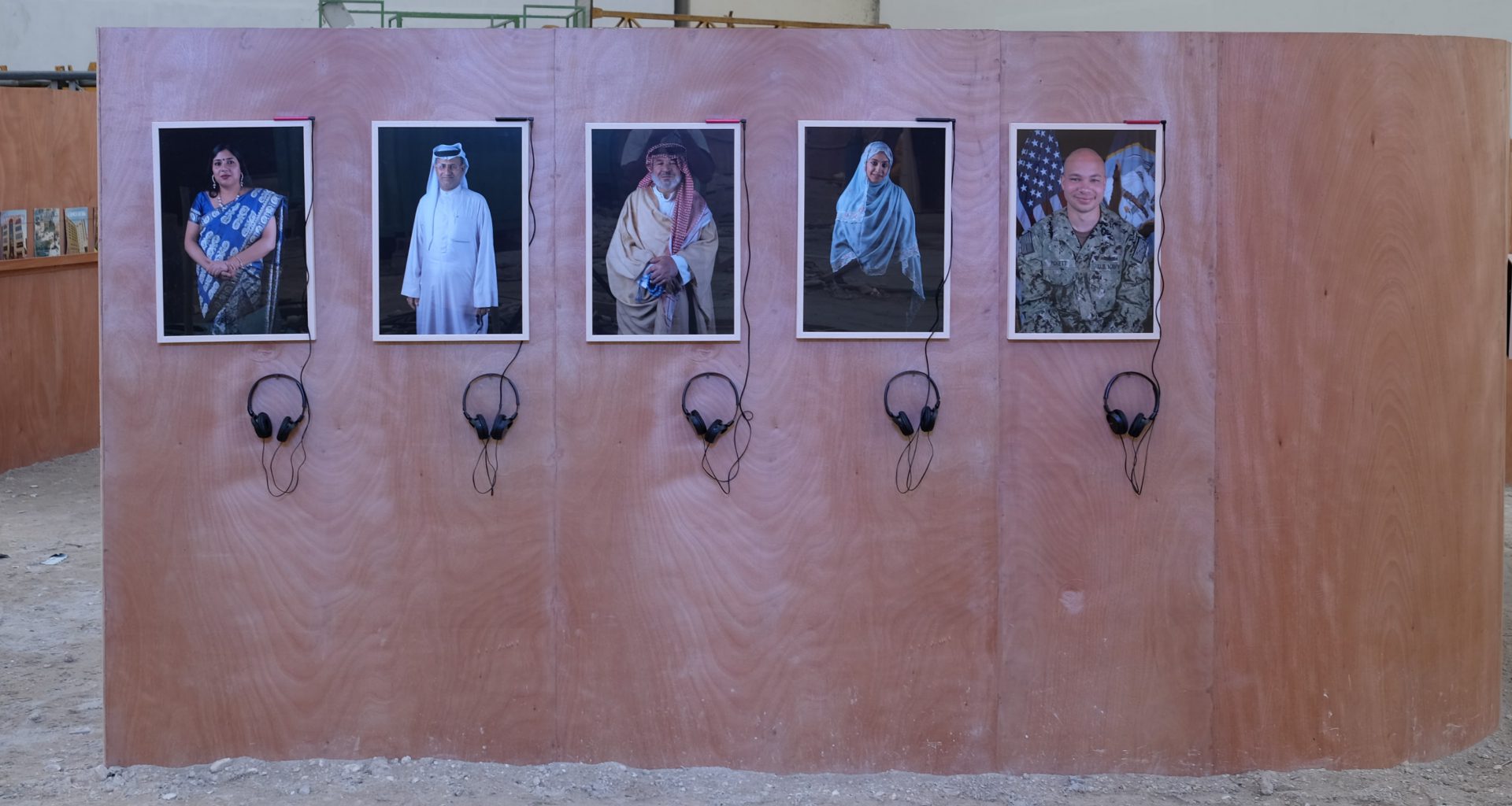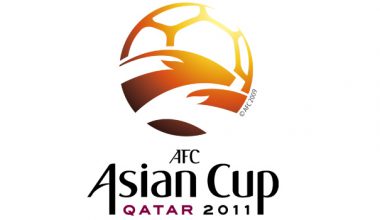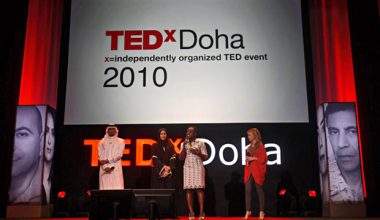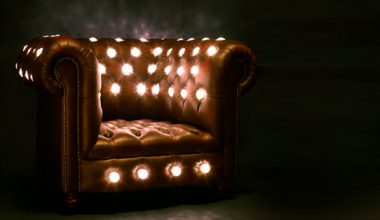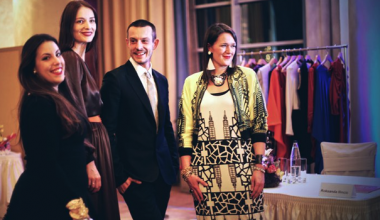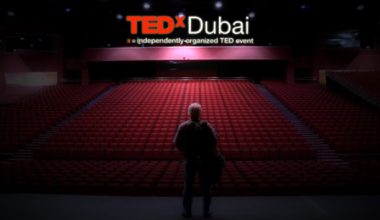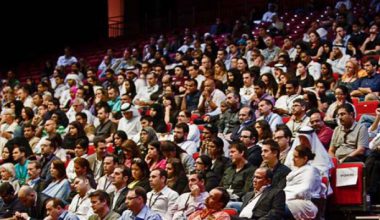By Sharifa Al-Badi
Mawane is a creative establishment that aims to bring events that are usually centralized in hot spots to forgotten areas. With an emphasis on subjects that are rarely spoken about in public, this initiative strives to create a public urban discourse through shifting the art scene from popular art galleries and other cultural hot spots to the general public.
One of their tasks is to document and record urban advancements that occur at different locations around Bahrain. Mawane sheds light on the local community and encourages people to participate in their open talks and workshops. In a sense, it’s a home for everyone, not just the architects and artists involved. The aim of the initiative is to decentralize cultural events that usually take place in specific locations in Bahrain through an experimental urban art and research platform whilst reviving the lost connection between people in Bahrain and the sea. It was created to move out of the usual context where intellectual debates happen to a place that is closer to the people who are usually discussed but never included in the discussions.

Mawane’s second cultural season [Media]tions, was launched on the 17th of March, 2017 in an unusual space in Juffair, Bahrain. The location that was historically the sea, is amongst towers and construction sites and it signifies the lack of public land on the coastline in Juffair. [Media]tions tackles issues related to urban archives using Juffair as a lens to look through the multiplicity of spatial narratives that could exist in different archives, whether they are institutional or private, in an attempt to reconcile them to the closest version of the truth of urban development. The season combines exhibitions featuring young artists, talks about architecture and archiving associated with workshops and film screenings highlighting the importance of architecture in documenting history.
Suha Babikir Hasan, co-founder of Mawane and an architect by practice and urban designer by research, is interested in urban shifts and formations and their effect on the quality of life in cities. She is currently carrying out her PhD at KTH in Stockholm to further understand the dynamics of contemporary cities, specifically in the Gulf. She explains, "Mawane broke barriers on different levels and has provided a learning experience for everyone involved. With every interaction with the public, challenges arise and something new is discovered that leads to developing the process through which we carry out public interventions and participatory research. Eventually, this ideally will lead to a fulfilling and rewarding experience.”
She is one of the two co-founders of Mawane, who each bring their own unique background, personality, and insight to the table to form a strong union of minds. The second co-founder, Abdullah Janahi, is interested in art, cultural policy, and architecture and he studies Culture, Criticism, and Curation at Central Saint Martins in London. Janahi states, “The exhibitions and workshops provide a small-scale platform for experimental urban research. For example, by engaging with the locals of the village in the first season, [In]Accessible, we learned many a lesson on shifting people’s perceptions and overcoming their apathies in order to cultivate a wider audience for the arts in Bahrain.”

Hadeel El-Tayeb is one of the curators of the second cultural season, and an oral historian interested in cultural identity and belonging who states that, “Mawane presents an exhibition which is part visual arts experiment and part local community initiative. Through the combined efforts of artists, curators, and community, [Media]tions is a singular and dynamic social experiment which challenges the limits of art to affect change.”
Laila Al-Shaikh, a young emerging interior designer and one of the curators and exhibition space designer, indicates that the intervention primarily consists of two asymmetrical forms representing the changes of Juffair's coastline from 1943 to the present, allowing the audience to experience the changes through the years. Operating as partition walls the forms create three main zones in addition to a sitting area.
Exhibiting artists Dilmuni Couple (Hussain Al-Mosawi and Mariam Al-Arab) discuss their involvement in [Media]tions, “Archiving as a subject grabbed our attention, through the different workshops and discussions we were engaged in during Mawane second cultural season due to our interest in documentary photography and our association with the local culture, we chose to use oral history, photography, and video to explore and document the urban changes in Juffair area and study its impact on the social life.”

Up to the launch, Mawane hosted many informal ‘Majalis’ gatherings to engage new members, artists, architects, and academics in dialogues regarding Juffair and filmmaking. Alriwaq Art Space and Mashq Gallery supported these ‘Majlais.’ Atlas Bookstore in Doha supported Mawane by providing a curated collection of the first architecture magazine in the region. The American Institute of Architects Middle East Chapter and the Royal Institute of British Architects Gulf Chapter supported the talks in the season. The United States Embassy in the Kingdom of Bahrain has graciously provided a grant to Mawane to execute the season as part of its program to support cultural events in the country.
In the future, Mawane hopes to be able to publish a book that records its first season and a directory of archives from its second season. The founders state, “In the long run, we hope that Mawane continues the journey along the coastline of Bahrain, delivering art to the public and discovering new destinations.”
An older version of this article appeared in the Wellbeing Issue 15 of Khaleejesque and has been updated to reflect new information.
Images by Dilmuni Couple.

